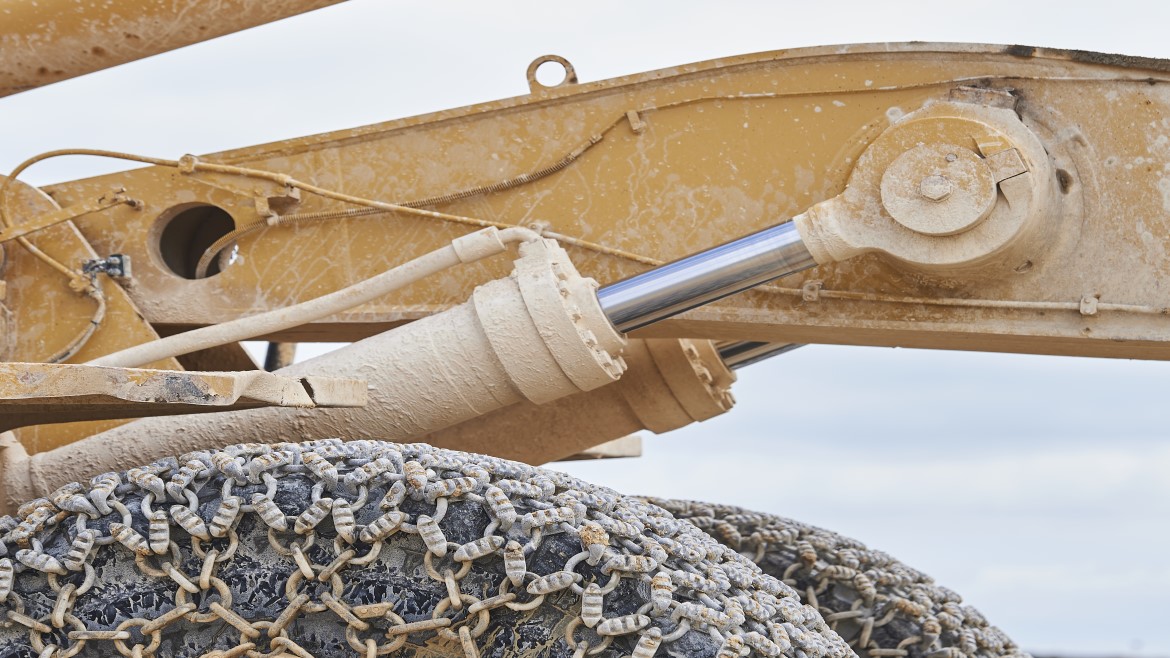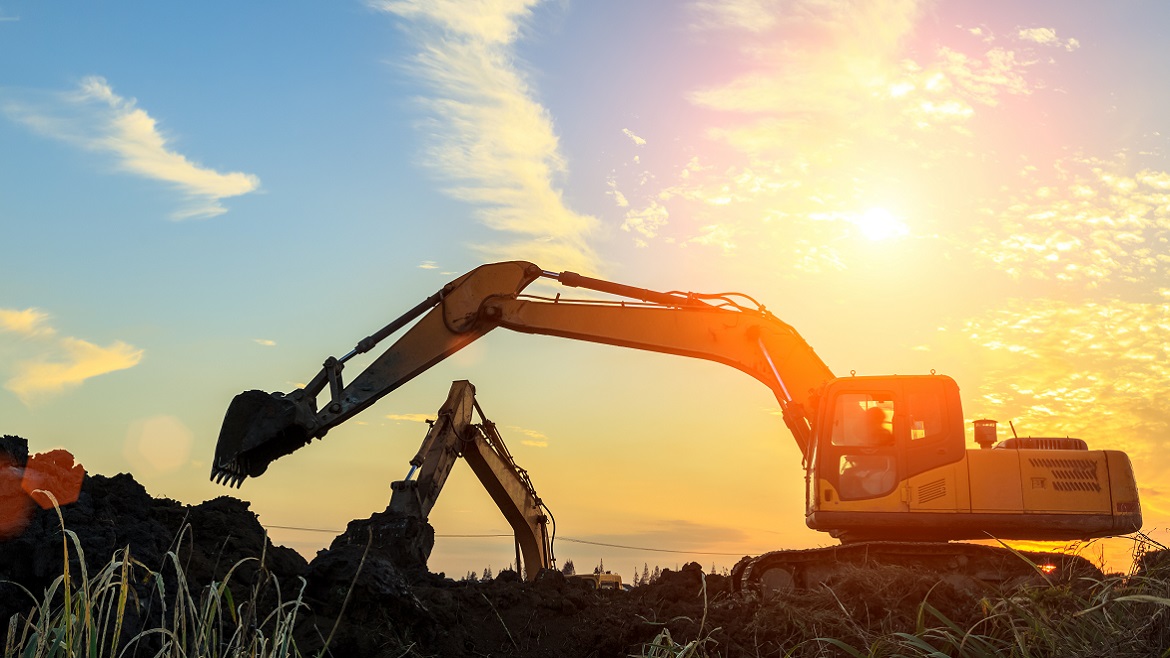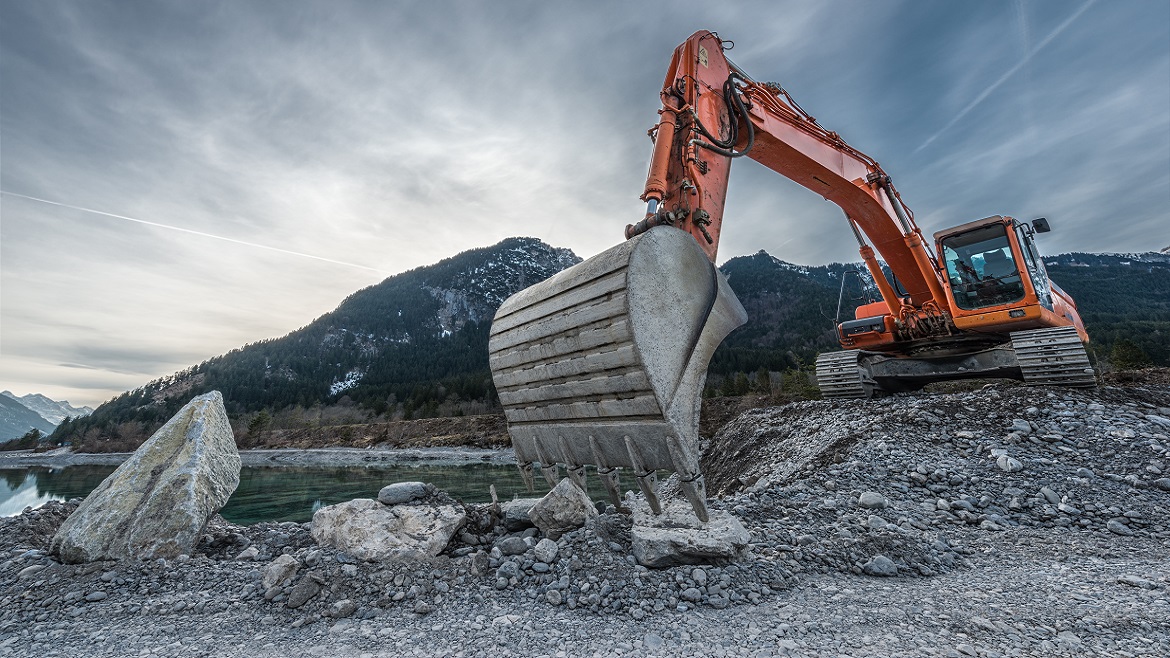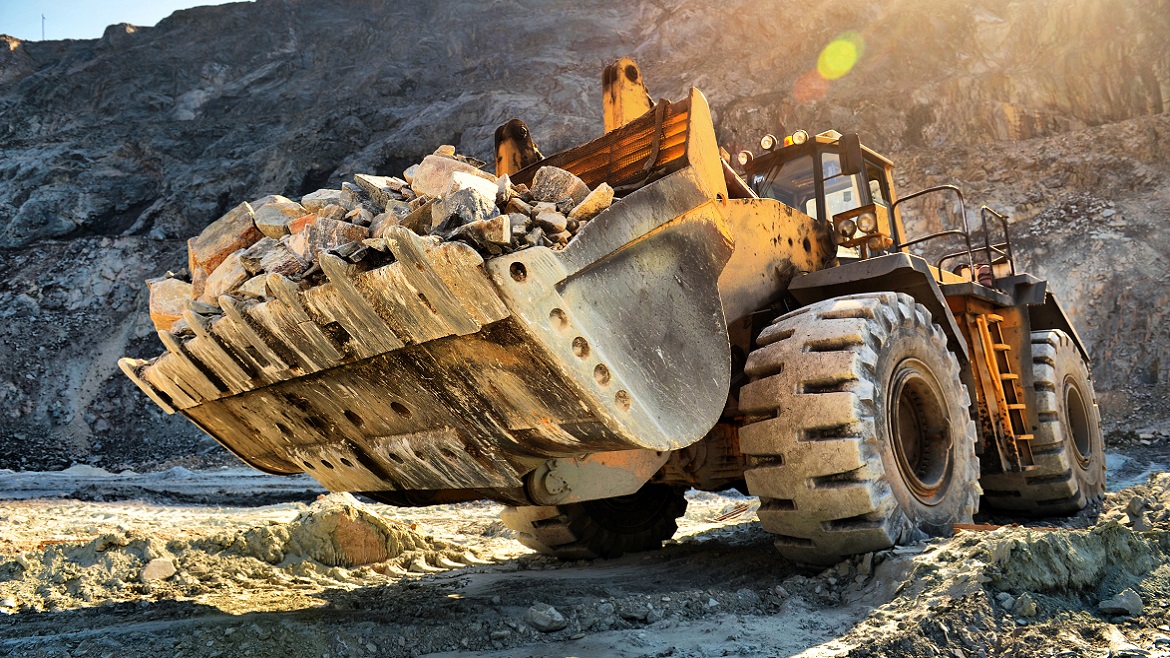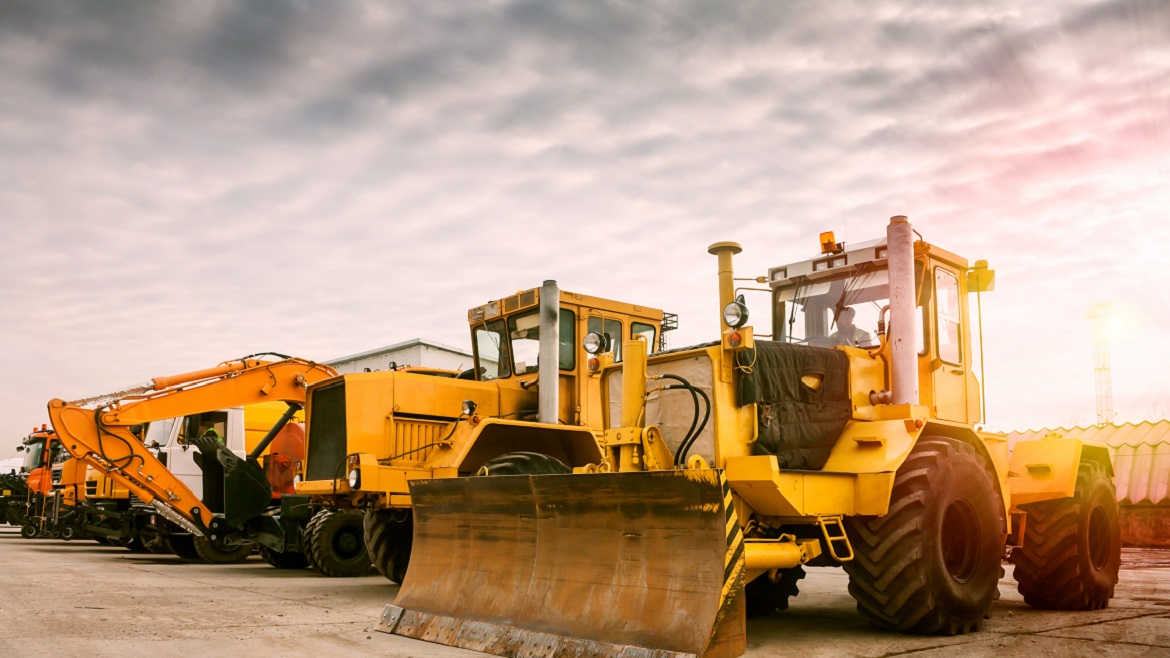Operators expect a lot from hydraulic fluid, and modern designs put even tougher demands on these lubricants that protect and extend the life of equipment. The smaller fluid reservoirs in hydraulic equipment, relative to their vehicular counterparts, result in higher fluid turnover and more oxidative, thermal and shear stress. Additionally, hydraulic fluids are needed to power machines in a wide variety of end user markets and an even wider range of locations. All these factors require equipment that operates efficiently, with minimal downtime and oil-drain intervals that extend out as far as possible.
Adding to the list of expectations for hydraulic fluid are environmental concerns, especially on job sites in environmentally sensitive areas. Many job sites have a critical need for a product that will cause minimal disruption in the event of a spill or leak, which has led to an increasing demand for ashless options. Until recently, though, ashless products were largely unable to deliver the same level of performance as zinc-based technologies. That’s now changing, as high performing ashless lubricants are at hand.
Comparable Alternatives to Zinc Based Solutions
Ashless fluids have long been seen as a lesser alternative to zinc-based fluids because products without zinc weren’t able to show the same levels of protection for oxidative stability, durability and wear. Zinc technologies, which have been the go-to antiwear agent and peroxide antioxidant for decades, simply outperformed the zinc-free or ashless variations for many years.
Formulators have a lot to consider when identifying the qualities of a lubricant for hydraulic applications. Hydraulic fluid lubricants must be able to address oxidative and thermal stability, wear and durability, sludge control, filterability, foam control and air release, oil lifetime, and be able to manage water contamination. When formulators work to address the additional demands for environmentally friendly products, they look at another factor: biodegradability. Costs rise as biodegradability levels get higher, but it’s possible to produce a metal-free hydraulic fluid with a mineral oil base that is 100 percent ashless and can meet concerns of those working in environmentally sensitive areas.
This is especially appealing to the marine and forestry industries and other applications where a spill or leak can put work at risk.
Damage from spills or leaks is magnified on many job sites
Hydraulic fluid that spills or leaks from equipment is never ideal, but is especially concerning at job sites near water, forests, or mines. A number of scenarios exist in which a spill or leak from hydraulic fluid in heavy equipment would be detrimental. However, job sites near water sources, in mining operations, in a forest – to name a few possibilities – require careful operation and a sensitivity to the surroundings. And that’s why a hydraulic fluid spill or leak, which happens even with the best intentions and precautions, can cause damage, shutdowns, liability and harm to the surrounding environment.
The volume of hydraulic fluid at work in many common pieces of equipment is more than some might realize:
- Mining shovels have up to 900 liters/200 gallons of fluid
- Backhoes: 19-75 liters/5-20 gallons
- Tractors: 180 liters/40 gallons
- Excavators: 180 liters/40 gallons
When a spill or leak occurs, determining the risks to the ground or water that has been impacted becomes the priority.
An ashless lubricant formulation can provide durability and wear protection needed to power hydraulic equipment, while lowering concerns about environmental impact in the event of a spill or leak.



